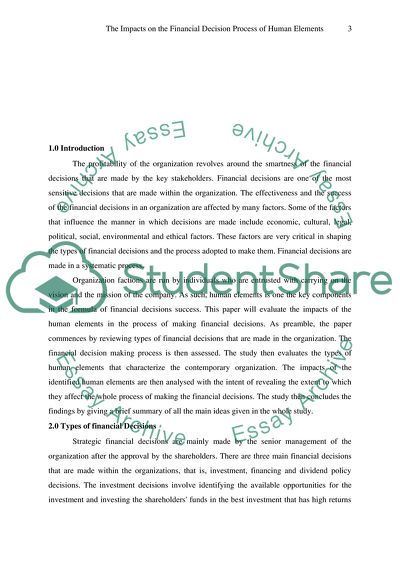Cite this document
(“The impacts on the financial decision process of human elements Essay - 1”, n.d.)
The impacts on the financial decision process of human elements Essay - 1. Retrieved from https://studentshare.org/finance-accounting/1645016-the-impacts-on-the-financial-decision-process-of-human-elements
The impacts on the financial decision process of human elements Essay - 1. Retrieved from https://studentshare.org/finance-accounting/1645016-the-impacts-on-the-financial-decision-process-of-human-elements
(The Impacts on the Financial Decision Process of Human Elements Essay - 1)
The Impacts on the Financial Decision Process of Human Elements Essay - 1. https://studentshare.org/finance-accounting/1645016-the-impacts-on-the-financial-decision-process-of-human-elements.
The Impacts on the Financial Decision Process of Human Elements Essay - 1. https://studentshare.org/finance-accounting/1645016-the-impacts-on-the-financial-decision-process-of-human-elements.
“The Impacts on the Financial Decision Process of Human Elements Essay - 1”, n.d. https://studentshare.org/finance-accounting/1645016-the-impacts-on-the-financial-decision-process-of-human-elements.


